The crisp imagery of memories frozen in my head after a winter week in Minneapolis will thaw and melt away over the coming days, now that I am back in the warm California sun. There are still a few pieces I want to write about the city of Minneapolis. In one piece I want to describe a few of the neighborhoods I walked around outside of downtown Minneapolis. There were some interesting cultural connections between food and the Mill City Museum I’d like to share. And, in this piece I want to share some of the imagery from a walk around the Minneapolis Institute of Arts, the #1 TripAdvisor ranked attraction for the city.
The public museum offers free admission with a $5 donation suggested.
Minneapolis Institute of Arts, original Beaux-Arts style building opened in 1915. The original design called for several more sections of the museum in the same style that were never built.
The museum was packed with children on school field trips on a Tuesday.
Dale Chihuly Sunburst (1999) glass art in MIA lobby.
My primary interest was finding Olive Trees by Vincent van Gogh and I bee-lined to the third floor at the 10am opening for the museum.
Vincent van Gogh – Olive Trees with Yellow Sky and Sun (1889)
This is one of 15 canvases of olive trees that van Gogh executed between June and December of 1889. Earlier that year he had interned himself in the asylum of St. Paul, in the town of St. Remy in southern France, where he would create his most profound works. The vibrant oranges and yellows suggest that the picture dates to the autumn months. Van Gog left St. Remy in May 1890, moving to Auvers, near Paris, where he continued to paint until his death by suicide in July.
Minneapolis Institute of Arts
Van Gogh entered an asylum in Saint-Rémy in Provence, France from May 1889 to May 1990. This painting of olive trees was completed in November 1889, some eight months before his suicide at the age of 37.
My interest in Vincent van Gogh started when I was 11 and heard the 1971 song Vincent by Don McLean, a folksinger better known at the time for his magnum opus song American Pie, which was the longest running song ever to hit No. 1 on Billboard and receive airplay on mainstream radio stations.
In 1973, I watched what may have been a 1950s movie, a title I don’t remember, where a precocious young girl referenced Vincent van Gogh cutting off his ear. That reference intrigued me and in a library book I found his painting The Starry Night that captivated my attention. I had a print of The Starry Night when we moved from California to Germany where my father was stationed on a U.S. Army helicopter air base for 22 months. In summer 1974, my family made a road trip to Amsterdam from our home near Mainz, Germany. I visited the newly opened Van Gogh Museum with my older sister. It was not the kind of art museum my parents had any interest in visiting. I was utterly disappointed with the museum at the time. The Starry Night wasn’t there. As I recall, there were very few van Gogh paintings at all. The Van Gogh Museum in 1974 primarily held drawings.
Miles and points allowed me to visit Amsterdam many times between 1999 and 2006. I held an Amsterdam museums annual pass giving me access to the Van Gogh Museum on numerous occasions. The museum now has over 200 paintings and is the largest collection of his work in the world. The Starry Night is in the Museum of Modern Art in New York.
My close up photo of Olive Trees, Vincent van Gogh.
The Monuments Men, a museum and movie connection
An interesting connection made by the Minneapolis Institute of Arts to current culture is seeing the label The Monuments Men beside several pieces of art. Richard S. Davis, senior curator (1946-56) and director (1956-58) of the Minneapolis Institute of Arts was one of the Monuments Men, 350 men and women from 13 countries who participated in the retrieval of 5 million pieces of stolen art by the Nazis in WWII. He does not appear to be represented as a character in the George Clooney movie from my check of cast on IMBD.
Pierre Auguste Renoir, The Piazza San Marco, Venice (1881)
This Impressionist Renoir painting hung in a Munich museum during Hitler’s rule. Hitler used Impressionist paintings as currency to trade for art he found more desirable. He traded 18 Impressionist works of art for one painting by Titian. Renoir’s The Piazza San Marco, Venice has been at MIA since 1951.
An Education
Within 20 minutes of the museum opening, galleries were filled with school group tours. Many of the children were in lower primary grades and some students were upper grades.
That is a story in itself as I passed through galleries repeatedly hearing docents talk to young children about understanding the nudity in the art surrounding them. There did seem to me a high proportion of nudes in the art galleries and some rather graphic depictions.
Nude on a Couch – Gustave Caillebotte (1880)
In one gallery room there was a group of young students, probably first or second grade, being given an art composition lesson on one of the paintings in the room. In near proximity, some twenty feet or so, hung another painting Little Girl (1922) by Otto Dix, a German artist.
His shocking Little Girl in Front of a Curtain a painting of a nude 12-year-old wearing nothing but a pink bow in her hair, invites debate over whether the work is exploitive, pornographic, or legitimate artistic expression that represents society’s ultimate moral breakdown.
The Metropolitain – Death and Decadance: Otto Dix (Nov 2010)
As a credentialed public school teacher in California, I know some parents would totally freak knowing their kids had been in proximity to some of the art in the museum. Then again, given the abundance of pornography on the internet, having a museum docent discuss nudity in art is an opportunistic educational moment.
Modern Art
Kahinde Wiley (American, born 1977) – Santos Dumant – The Father of Aviation II (2009)
This American artist travels the world painting large scale black urban youth. This painting of two young men from Rio de Janeiro represent fallen heroes based on a famous Brazilian public monument dedicated to Brazilian pioneer aviator, Alberto Santos-Dumont.
Glenn Ligon (American, born 1960) – Untitled (Four Etchings 1992)
Glenn Ligon’s work was a powerful piece for me. The bottom left etching repeats the phrase, “I do not always feel colored” and the bottom right etching repeats the phrase, “I feel most colored when I am thrown against a sharp white background’.
Restoring a Masterwork
In one room there was an artist working to restore Max Beckmann’s triptych, Blind Man’s Buff.
This room was off one of the galleries displaying work by Henri Matisse.
Pablo Picasso was a prolific artist in his more than 90 years of life. Last month I saw some Picasso ceramic pieces at The Henry Hotel in Dearborn, Michigan.
Baboon and Young (1951) is an example of assemblage art. Look carefully at the baboon’s face. Picasso created the face from a toy car cast in bronze.
War, What is it good for?
Another room had a powerful statement on war with a wall simply listing place names and historical wars beginning with the Peloponnesian War to Syria.
On my flight back to California last night we waited on the United Express plane for 20 minutes until 11pm at SFO for some arriving passengers on the last flight of the evening to Monterey. Most of us on the plane were exhausted from a long day of travel and wanted to get home. Nine soldiers in military gear finally arrived with their backpacks and boarded the plane. Several passengers on the plane clapped in honor of their service.
Do Ho Suh (Korean born 1962) Some/One (2005)
As the school children gathered on the floor around this sculpture, I too got down on my knees to examine this ‘grand and invincible’ piece more closely.
The coat of armor is made up of military soldier dog tags.
*****
Ric Garrido of Monterey, California is writer and owner of Loyalty Traveler.
Loyalty Traveler shares news and views on hotels, hotel loyalty programs and vacation destinations for frequent guests.
Follow Loyalty Traveler on Twitter and Facebook and RSS feed.





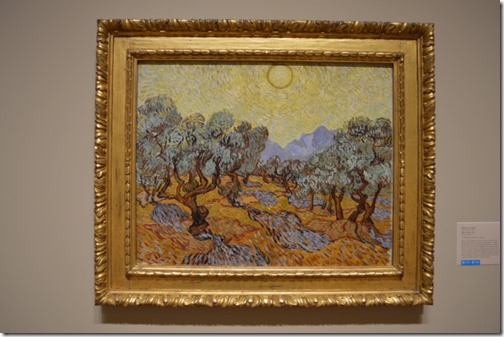
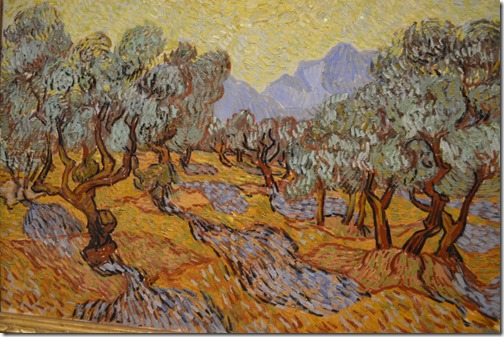
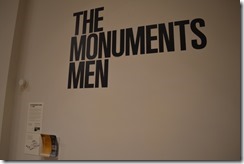
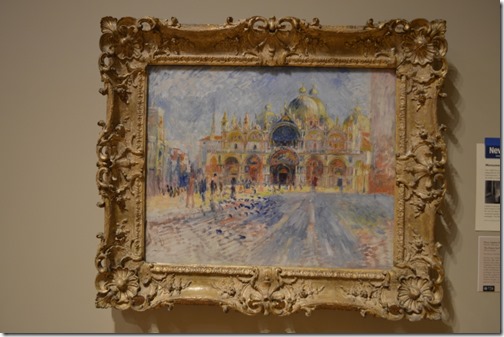

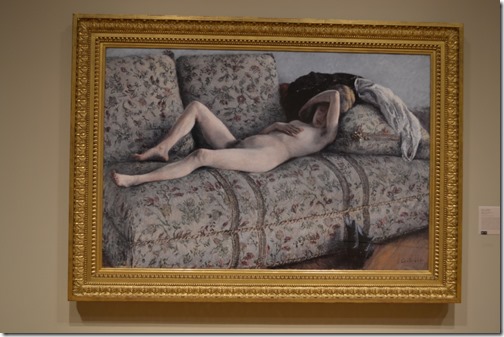
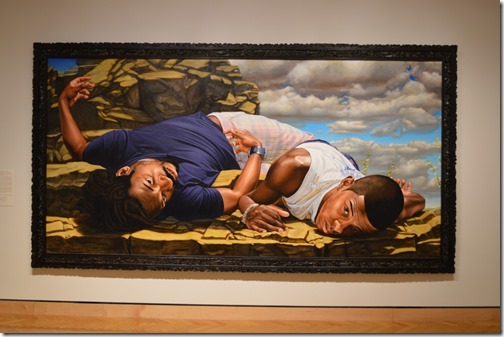
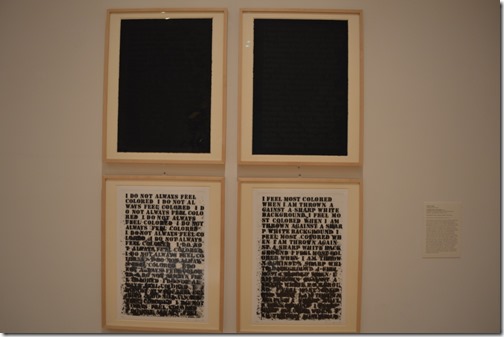
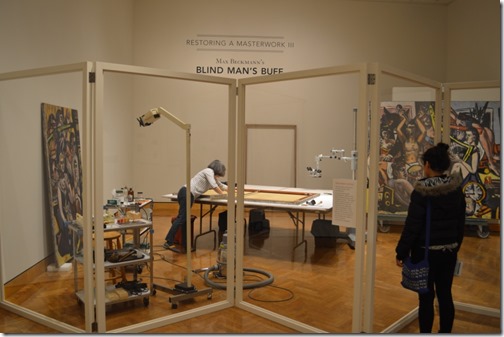

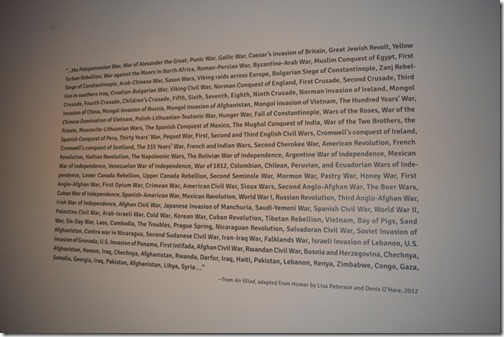



3 Comments
Comments are closed.